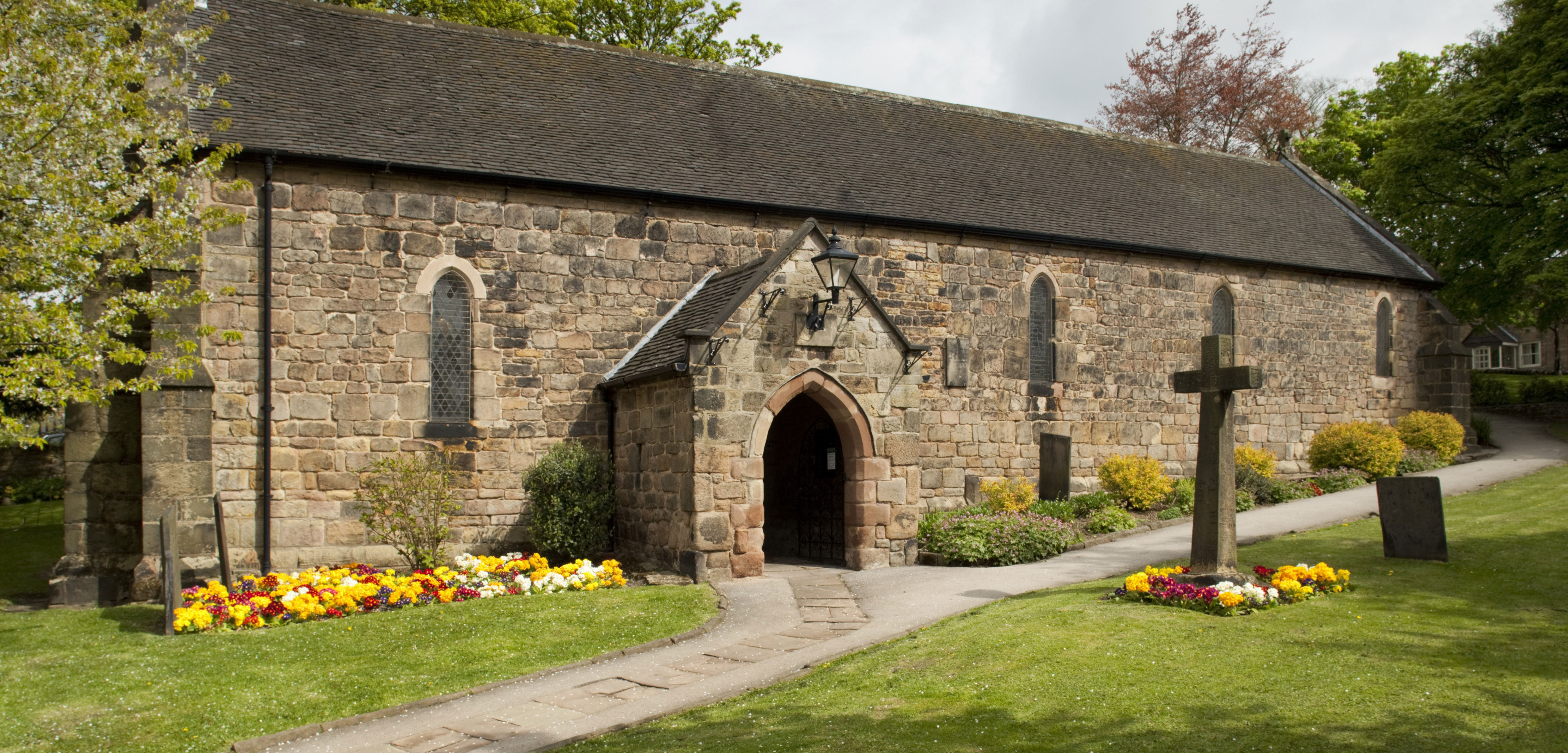Building a Sustainable Future
By Kate Guest, Projects Officer, Historic England
The collective thoughts of our contributing authors offer insights into a broad and varied range of activities. Several help those involved in the care and management of places of worship to think about future projects like maintenance and public engagement. These include:
- Research into new conservation methods and building types which are not currently well understood
- Increasing interest in church-based tourism and tools to help places of worship of all faiths engage with this trend
- Development and resourcing of models to encourage learning about maintenance and the potential many buildings have for wider community use
Other current activity
As well as the areas covered by our contributors, there are many other initiatives and research projects which can help us to understand and look after places of worship. Some recent Historic England work includes:
- The recently published book The British Mosque, the first overview of Muslim architecture in Britain
- Commissioned research to scope Buddhist buildings in England
- Recently updated pages on both making changes to and new and additional uses for places of worship
Another recently announced initiative is the Pilot Scheme resulting from the Taylor Review: Sustainability of English Churches and Cathedrals. The Pilot aims to tackle two of the main themes of this debate: regular maintenance and opening up places of worship to maximise their public benefit. The pilot, managed by Historic England, will run in Greater Manchester and Suffolk.
The maintenance element of the scheme includes new Fabric Support Officer posts in these areas and the creation of a Minor Repairs Fund offering grants of up to £10,000 for minor urgent works. The community engagement side includes new Community Development Adviser posts and a series of workshops to support learning and best practice. There will also be a strong evaluation strand to compare outcomes from both the Pilot and other interventions over the last decade.
We hope that the pilot, and the lessons learned from it, will offer a way forward in the development of support networks and capacity building, as well as informing discussions about future public funding.
Placemaking: the broader picture
Places of worship are pivotal markers – physical, psychological and emotional – within both ancient and modern landscapes. They have a vital role in placemaking: the planning of public realm and utilisation of community assets to promote health, happiness and wellbeing.
As well as spiritual centres, places of worship are often links to a community’s heritage, creating a sense of continuity with the past. They contribute to our wellbeing - a haven of tranquillity in a busy urban centre, or a nucleus of activity for the whole community. Increasingly, either in themselves or as contributors to a sense of place, they are an important part of attracting tourists to an area.
With placemaking an important strand of current government thinking, there may be more opportunities for places of worship to become involved in local plans and other activities. Historic England’s Heritage Action Zone initiative is one example of placemaking using the historic environment - with new project areas starting in 2018.
Conclusion
Building a sustainable future will mean different things to different people. It may mean going further to promote tourism, looking at new ways of opening a building to the public or planning a maintenance and repair project. This edition highlights some of the tools, networks and research which can help those who work so hard to look after these buildings continue to do so.
Please share and comment
Please send your responses to Sarah Tunnicliffe and share this article on social media via the tab on the left.





